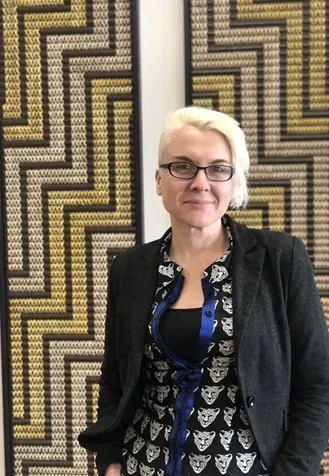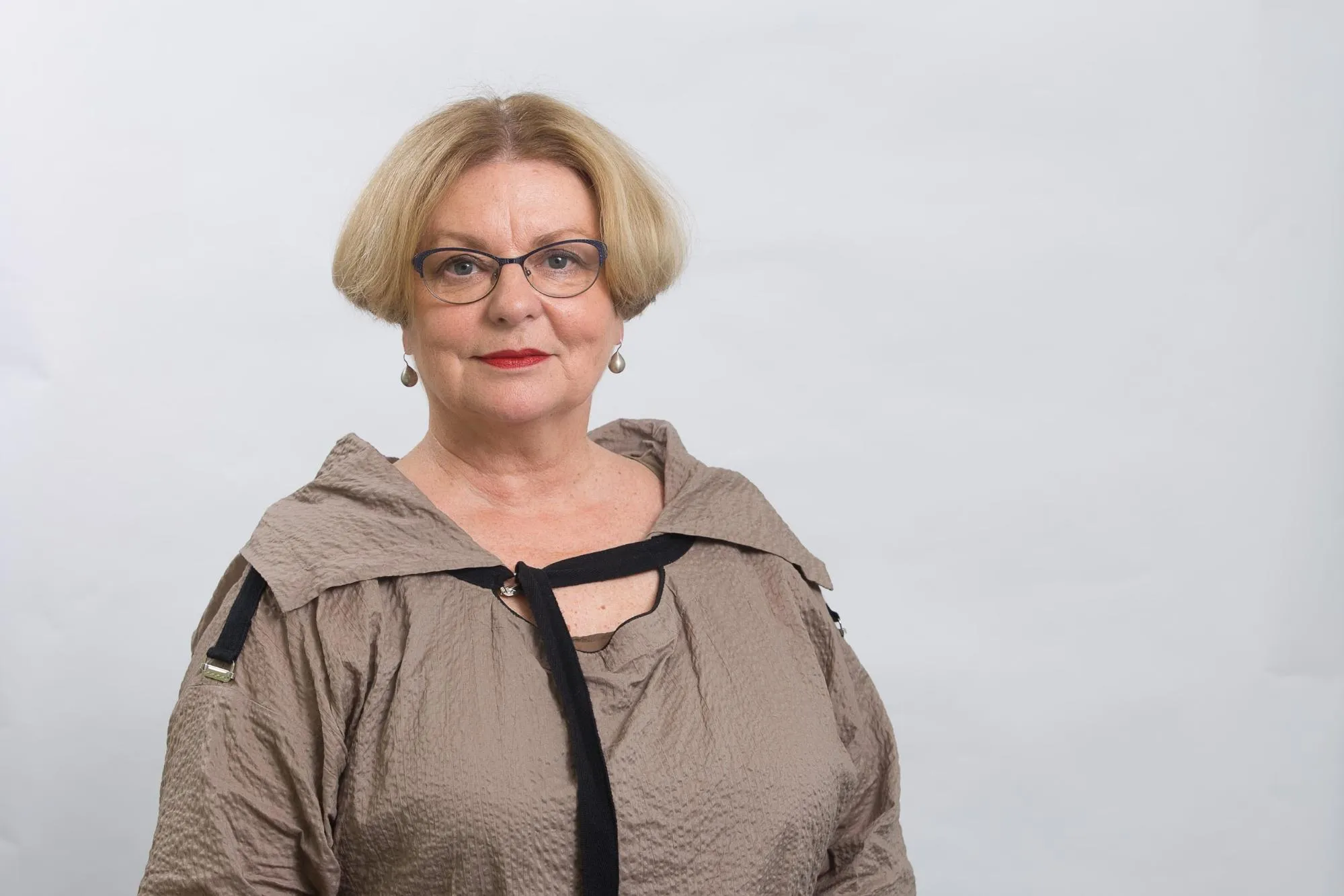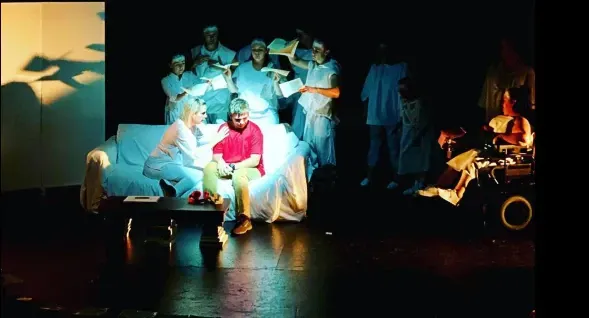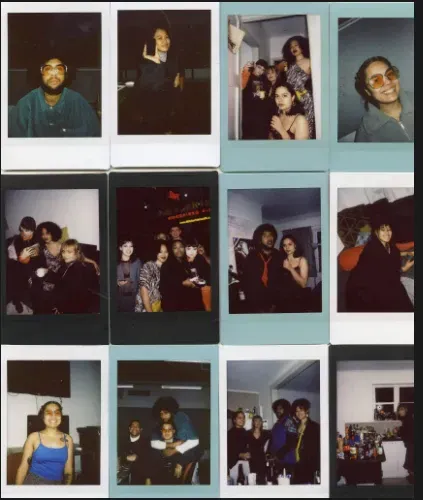New Funding from CNZ: What You Need to Know
Written by
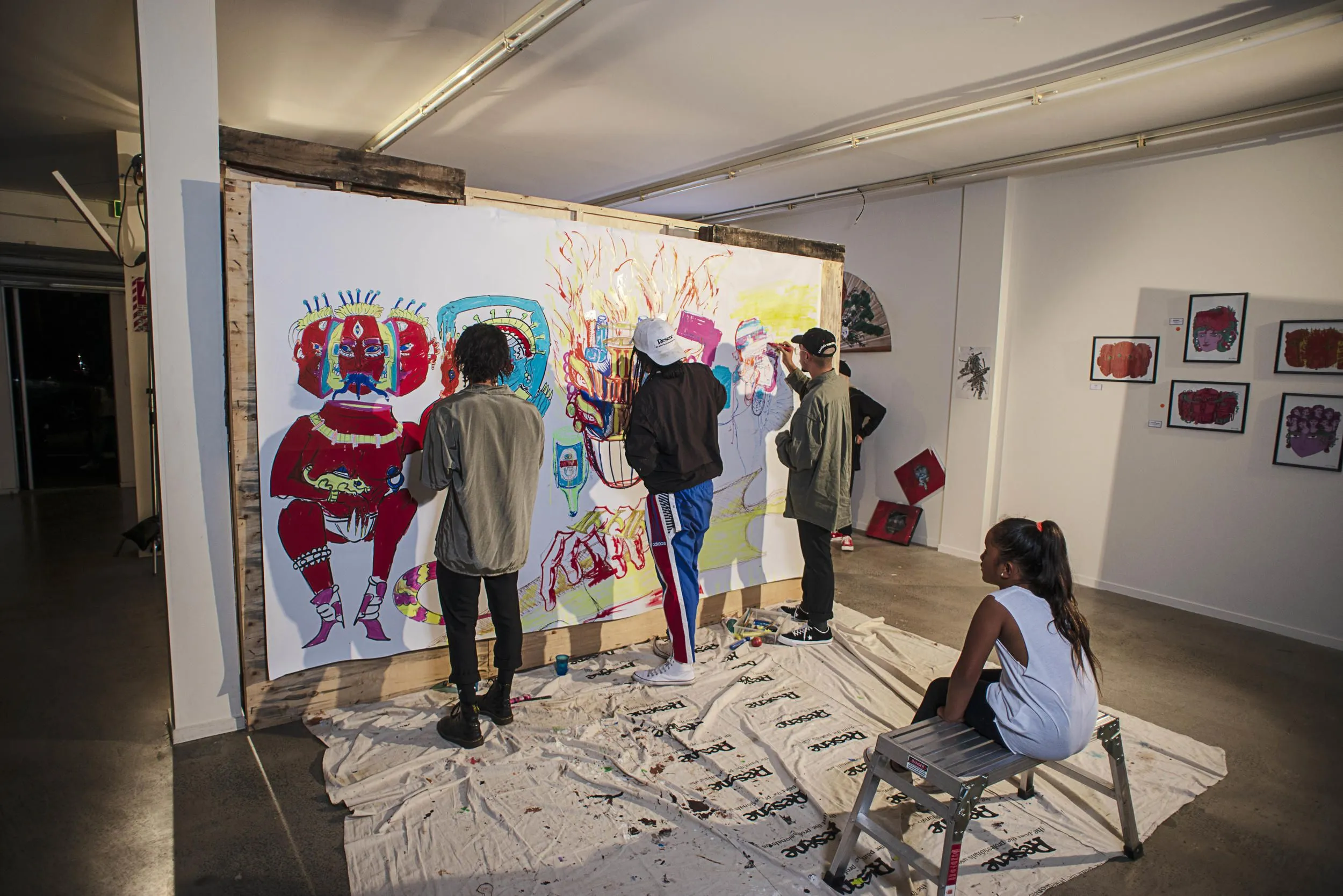
Our artistic landscape may continue to shift and metamorphose into new forms every day. But Tuesday’s special edition PANNZ hui allowed creatives to stand on slightly more solid ground with an in-depth look at Creative New Zealand’s second phase of its emergency response.
It seems like a lifetime ago Creative New Zealand was announcing the first phase of its Emergency Response Package. This initial investment of $16 million proved insufficient, but CNZ managed to roll with the punches, adding a further $13 million less than two months after applications for support opened.
As applications flooded CNZ, it became abundantly clear that the arts sector had undoubtedly been one of the hardest hit by the decision to lock down. But this “unprecedented” time has allowed the sector to openly discuss how and why we need to build a more sustainable, equitable and diverse future for the arts over the course of several PANNZ hui and across social media.
“Phase one was totally focused on emergency support for artists and arts organisations so they could survive,” says one of the CNZ panellists Cath Cardiff, Senior Manager, Arts Development Services.
New Zealand’s graduation to Level One has meant “we can shift our attention to not only survival but adapt and to a new and changed environment which is still very dynamic. We want to find new ways for audiences to engage with the arts. We want to increase our capacity and the sector's capacity to engage with a more diverse and deeper level of engagement with New Zealanders who want to engage with the arts.”
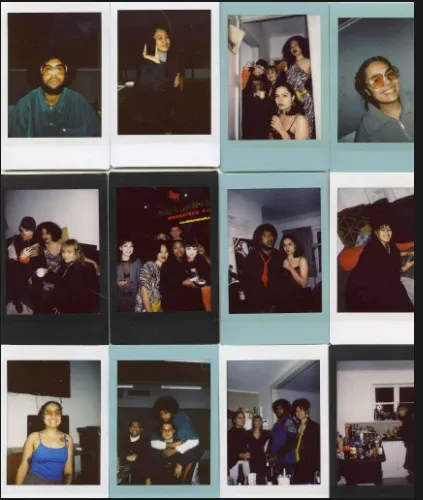
WYF: Where You From exhibition at Te Uru.
The drawn-out saga of the 2020 Arts budget saw Creative New Zealand receive an additional $25 million - its biggest funding boost in two decades. Cardiff confirmed that the majority of the new funding will be used over the next 12 months for this investment plan. It includes funding for “adapting regular arts grants, special opportunities that had to be suspended due to COVID-19, new schemes, regional arts development, key arts organisations and Creative Community Schemes.”
Speed of response

Cath Cardiff, Senior Manager, Arts Development Services, Creative NZ.
In response to feedback from the sector, decisions about who receives these new or improved grants will be made a lot more quickly. “During [phase one] we learnt that there was a desire for fast decision making,” says second panellist Richard Knowles, Manager, Funding Services, CNZ.
To help support this, Creative New Zealand announced that it is increasing the number of Arts Grants rounds to eight funding rounds between August 2020 and June 2021. However, it will be limiting the number of applications to 200 per round in total with no division of funding pools. Knowles says that this is “to help manage demand and budget while also speeding up decision-making time - applicants will know three weeks after funding has closed whether or not they have been successful.”
Cardiff adds “accepting 200 applications per round doesn't mean 200 applications will be funded - [it’s just] how many we can process in a two week period.”
Diversity questioned
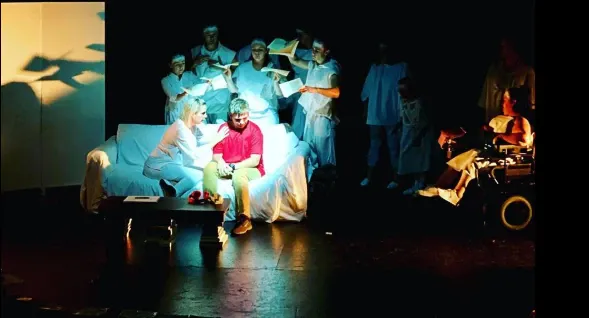
Glass Ceiling Arts Collective, delivering an immersive multi-sensory arts experience for audiences with disabilities and high health needs.
This announcement caused a flurry of activity on the live stream and dominated the line of questioning at the end of the hui. A pertinent question was raised about how the cap promotes diversity. Cardiff responds “we are committed to diversity. We were processing 1400 applications per year. During lockdown, those numbers tripled and were unsustainable. We need to manage our budget so we know how much money to invest.
“The [Art Grant scheme] can accept 1600 proposals which is more than what [Creative New Zealand] was previously doing. There will be a 55% increase on the previous spend - more money, more grants, more proposals are able to be accepted than in the past.”
“It’s a question where advocacy becomes important,” notes moderator Dolina Wehipeihana. “What can we be doing to advocate for those who cannot apply easily?”. More information about the cap can be found on the Creative New Zealand FAQs page.
The Arts Grants are opening on 3 August, after being temporarily suspended in March.
“They’re the broadest arts grants available, offering short-term funding for artists, arts practitioners, organisations - they’re open to everyone except investment clients,” says Knowles.
“The programme has four main purposes - supporting more sustainable careers in the arts, supporting innovation in New Zealand arts, supporting the development of arts practices and opportunities for diverse communities to participate in. [Applicants] can make two applications across the year with one project per round. If successful, projects need to be completed within 15 months of the notification date,” explains Knowles. “A person can apply for a personal grant and be the lead applicant on a project between five and 75 thousand dollars, with general allocations as well as specific Māori and Pacific funding.” A 12-month funding calendar to help support planning for the community is available on the Creative New Zealand website.
New funds

Richard Knowles, Manager, Funding Services, Creative NZ.
Knowles also announced the development of a new fund - Annual Arts Grants which are “designed to offer flexibility and support over a longer time frame, specifically for artists or organisations with a track record of success for developing projects with CNZ funding, such as a continuous programme of activity or a significant event or project.
“Applicants must have a track record of success between 2017-2019, having received at least four grants from Creative New Zealand’s contestable funding programmes which have been evaluated as met or exceeded expectations, or received funding through our Toi Tōtara or Toi Uru Kahikatea Investment programmes but are no longer receiving this funding.”
Knowles also confirmed that for the first year of the Annual Arts Grants, the nine organisations that submitted an Expression of Interest in March 2020 to take part in its developmental programme Te Puāwaitanga are also eligible to apply, while investment clients are not eligible.
Interested parties get one shot at applying for the Annual Arts Grant for project funding between $75,000- $150,000. Applications open 3 August. Decisions will be made 4 ½ weeks after the closing date. A full list of requirements can be found on the Creative New Zealand website.
Regional boost
Another new fund to come out of the governmental windfall is Ngā Toi ā Rohe – Arts in the Regions Fund 2020. Open to arts practitioners, individuals, groups, arts organisations, iwi, hapū, marae, local and regional galleries, libraries, community and private trusts outside of Auckland, Wellington and Christchurch, applications will be accepted up to $150,000. A launch was done earlier this year, but it had to be suspended to focus on the initial fallout from COVID-19.
“The point of this fund is to incentivise local and regional stakeholders to invest in local arts activities outside of main centres,” says Cardiff. “We’re really thrilled to support the provinces.” Applications “must collaborate to create high-quality new work or artistic experiences by, for and with the local community. They must demonstrate evidence of investment by local stakeholders and an authentic engagement with the community, such as consultation or research,” she explains. Those interested can only submit one application, with projects needing to start after 27 November 2020 and be completed by 27 November 2021. A full list of requirements is available on the Creative New Zealand website.
Adapting to the times
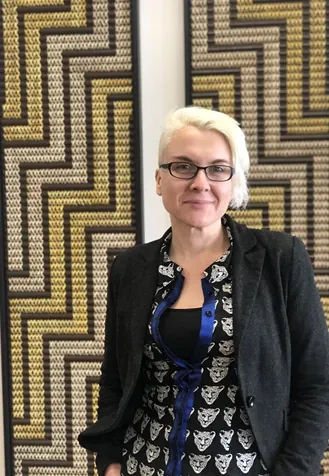
Liz Cleary, Manager, Investment Services, Creative NZ.
Final panellist Liz Cleary Manager, Investment Services for CNZ highlighted the opportunities available to investment clients, albeit in fairly broad brushstrokes, via two types of funding - Adaption and Capability. Applications will be opening in mid-August, running until late-September with decisions being made in early November.
“Adaption” Cleary explains, “is all about digitalisation. We want to encourage new ways of working and support organisations' adapted models in response to COVID-19 - either a business model or practice new ways of engagement, but any proposed activity must be in addition to current programmes.” Examples of this include improving digital literacy and the digitisation of analogue content. At the time of writing, there have been no criteria set around funding amounts.
Capability Funding is open to investment clients and the nine organisations that submitted an Expression of Interest in March 2020 to take part in Te Puāwaitanga. Applicants can request up to $30,000 to “increase the sustainability of their business in response to COVID-19,” says Cleary. “This includes governance, risk management, financial planning, audience engagement and income diversification. Investment clients can only apply for one fund,” she adds.
During question time, Knowles offered some sage advice for potential arts grants applicants who were concerned that they didn’t have enough of a ‘track record’ of Creative New Zealand funding to apply. “Of course you can apply. It doesn’t matter if you have never come to us, if you provide us with a great application, you have just as much chance as anyone else.”
With such a breadth of funding now available post-COVID-19, it is up to artists to create a brave new world that truly reflects us. Some things never change.
Many individual questions were posed during the latest CNZ/PANNZ hui - to watch click here.
